Elderberry is a perennial woody plant of the honeysuckle family. It is a shrub or small tree reaching a height of 3 to 10 meters. The stem and branches are grey and the leaves are adverse and spiky. Its flowers are small, aromatic, creamy or yellowish white. It blooms from May to the first half of June. Its fruits are black-violet and ripen in August-September.
Black elderberry is medicinal, unlike red elderberry, which is quite poisonous. The medicinal raw materials are inflorescences and fruit dried in ovens or dryers. The bark, branches and roots of the plant are rarely used.
Collecting the elderberry flowers requires special care, because it is very sensitive to moisture, quickly changes its color and deteriorates in quality. The fruit is harvested in late May to early July. A good quality dry flower is obtained when collected in sunny weather for 2-3 in the afternoon, but not after rain. Flowers are dried quickly in air, shade or artificially, but the temperature should not exceed 30-35°C. To obtain dry raw materials without stems, the dry pods are rubbed through a sieve and the fruit are dried. Dry elderflowers are stored in dry and ventilated rooms and their shelf life does not exceed 2-3 years. The shelf life of elderberries is 6 months.
The elderflower contains a very complex chemical composition. It contains the glycoside samungigrin, the rutin-like glycoside aldrin, organic acids: valeric, caffeic, acetic acid, malic and chlorogenic, semisolid essential oil, choline, ethyl isobutyl, isoamylamines, carotene, tannin, mucoid and paraffinic substances and sugar.
Elderberry fruit contains ascorbic acid - vitamin C, a lot of carotene and the dry leaves contain provitamin A1. Sambunirgin, essential oil, hexene and glycol aldehydes, traces of alkaloids, tannin, resinous substances (which have a laxative effect) are also found in the leaves. The bark contains essential oil, choline and phytosterol.
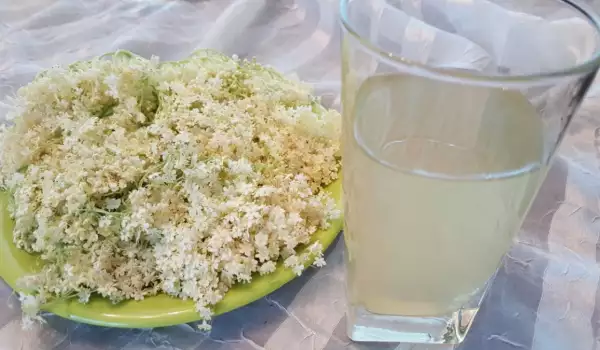
In folk medicine, not only the fruit are used, but also the leaves, flowers and bark of the black elderberry. The black fruit have healing properties both fresh and dried. Fresh fruit has been used successfully for treatment of hepatitis, peptic ulcer and its prevention. Fresh fruit helps with neuralgia.
The dry fruit are used to treat the rare disease malaria. The black-brown fruit are believed to have such therapeutic properties, that they can be used for stomach cancer and skin cancer. For stomach cancer, the patient should consume jam made from the fruit from black elderberry and for skin cancer, juice squeezed from the fruit should be drunk.
No less valuable are the flowers of the black elderberry, which contains choline, rutin, valerian, caffeic, malic acid and others. Elderflowers are used to prepare broths or extracts that have antibacterial properties. That is why they especially help with colds, angina, flu conditions and diseases of the respiratory system.
To prepare the tincture, it is necessary to take 1 tbsp. elderflower, pour it into hot water and boil it for 15 minutes. Cool and strain, drink it warm (1/2 cup) 2-3 times a day, before meals. This medicine also helps with arthritis, gout and rheumatism.
Elderberry leaves are also medicinal. Like the flowers, they have antipyretic, diuretic, sedative and diaphoretic effects. The application of scalded leaves is suitable for inflammations and is used for diaper rashes, burns, inflamed hemorrhoids, furunculosis. There is a folk remedy for chronic constipation, which is prepared from young leaves of black elderberry. They have a laxative and strengthening effect. To make it, you need to take honey and boil young elderberry leaves in it. It is taken orally.
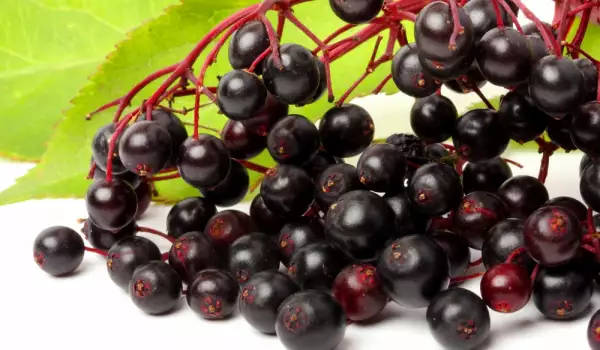
The bark of this plant is no less popular. Prepare a decoction from it, which is taken for diseases of the skin and kidneys. Baths are made from it for gout, rheumatism and arthritis, you can use the finished decoction as a lotion.
Folk cosmetology also uses the healing properties of black elderberry. For example, from its flowers you can prepare a lotion that is applied to the face every morning and evening. To prepare the lotion, take 10 inflorescences and add them to 1/2 liter of boiling water, leave them for 24 hours, then strain and store the lotion in the refrigerator. This lotion tones the skin and makes it look younger.
A decoction of the whole plant (root, flower and leaf) is used as a metabolic regulation agent. The fresh fruit and the decoction of the flowers of the black elderberry are used for rheumatism. You can make jam, jelly, jam from the black berries, but without sugar and with honey and vegetable sweeteners.
Tincture of dried fruit improves bile excretion, increases diuresis. A tea or infusion of elderflowers is prescribed for laryngitis, bronchitis, influenza, neuralgia, as a mouth rinse (anti-inflammatory) and for kidney and bladder diseases, rheumatism and gout. The fruit of the black elderberry are not recommended for pregnant women and sufferers of Crohn's disease.

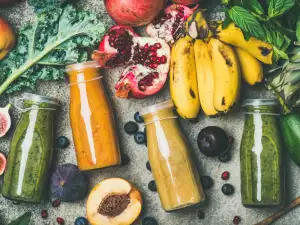
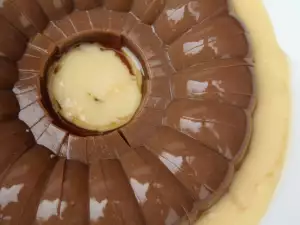
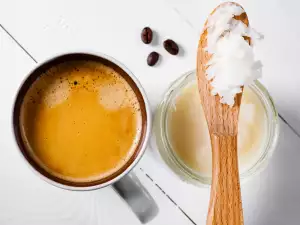

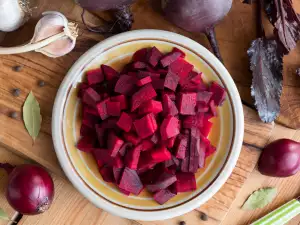


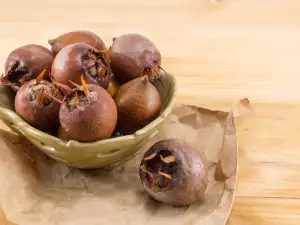
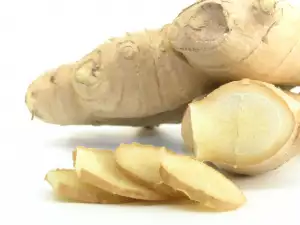


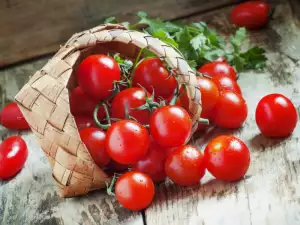
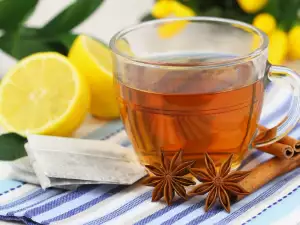
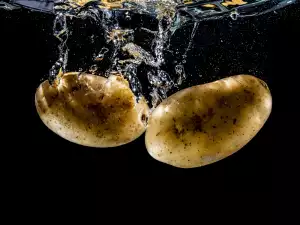





Comments